In Germany I am already more than a year, and one day I came across the idea — why not explore the country that has slowly become my home a bit better? I decided to spend a weekend in a city called Trier. At first, I thought, okay, it’s going to be another typical small German city, maybe a bit boring. But as a person who is quite melancholic and peaceful, I told myself I’d give it a shot.
I did — and I can say that it was something special. Probably it happened the same way as in Berlin, when I first came there and thought, oh mine, this place is going to be my future home. Now I did the same in Trier. It was so cozy and calm there; however, probably because my blood is white and red, I didn’t make the same mistake by promising the city I’d come back for good — I just enjoyed it fully, and it was truly an amazing experience.
What I didn’t expect, though, was how deeply historical and alive Trier feels. It’s actually Germany’s oldest city, founded more than 2,000 years ago by the Romans under the name Augusta Treverorum. Imagine that — a peaceful little town today that once stood as one of the most important Roman settlements north of the Alps. As I wandered through its narrow streets, I could almost hear the echo of ancient footsteps beneath the cobblestones.
The first thing that caught my eye was the Porta Nigra, the “Black Gate,” standing proudly at the edge of the old town. Its dark sandstone blocks tell stories older than imagination. Standing before it, I felt small but in the best possible way — humbled by how long it has watched over generations of people passing through. Then I made my way to the Roman Baths, or Kaiserthermen, where you can walk among the ruins and imagine the laughter, the gossip, and the rituals of the Roman elite. There’s something hauntingly beautiful about ruins — they remind you that everything changes, but traces of life always remain.
From there, I wandered toward the Trier Cathedral, Germany’s oldest church, and right next to it, the Church of Our Lady (Liebfrauenkirche), a Gothic masterpiece. Inside the cathedral, I stood silently for a few minutes — it wasn’t about religion in that moment, but about stillness. The air felt thick with centuries of faith and hope. Somewhere within those walls lies the Holy Tunic, believed to be the robe worn by Christ before his crucifixion. Whether you’re a believer or not, there’s an undeniable sense of awe that fills the space.
Later, I followed the gentle curve of the Moselle River, where the town seems to open its heart. The vineyards rolled across the hills in neat green lines, and I could see small boats drifting lazily on the water. I stopped at a café with a view of the river and ordered a glass of local Riesling wine, which this region is famous for. It was crisp, light, and somehow matched the atmosphere of the city perfectly — calm, refreshing, quietly confident.
What I loved most about Trier, though, was its pace. No one seemed in a hurry. The locals smiled at strangers, the cafés were filled with the soft hum of conversation, and even the air felt unhurried. It’s the kind of place that doesn’t demand your attention — it simply invites you to slow down and notice. The way the sunlight hits the old buildings in the late afternoon, the smell of fresh bread from a bakery, the distant sound of church bells — all of it makes you realize how peaceful beauty can be when it’s not trying too hard.
Trier might not be a city of bold headlines or sleepless nights, but that’s exactly its charm. It’s a reminder that not every adventure needs to be loud to be meaningful. Sometimes, the quietest corners of the world have the most to say — if you just take a moment to listen.
When I left, I didn’t promise to come back. I’ve learned that some places are meant to stay exactly as they are in your memory — untouched, perfect in their simplicity. But deep down, I know that part of me will always carry the calm of Trier: the feeling of standing in a city where history breathes gently, and time walks beside you instead of rushing ahead.
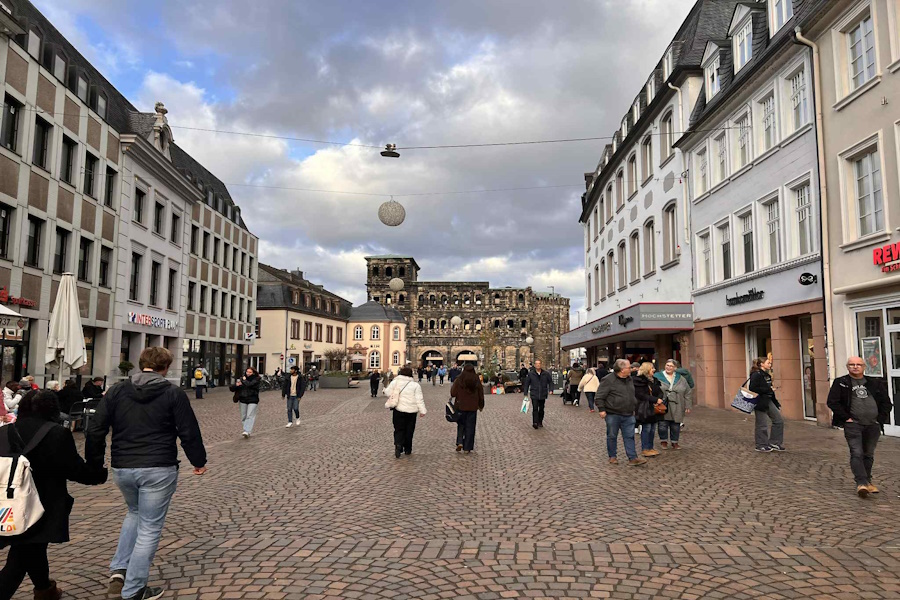


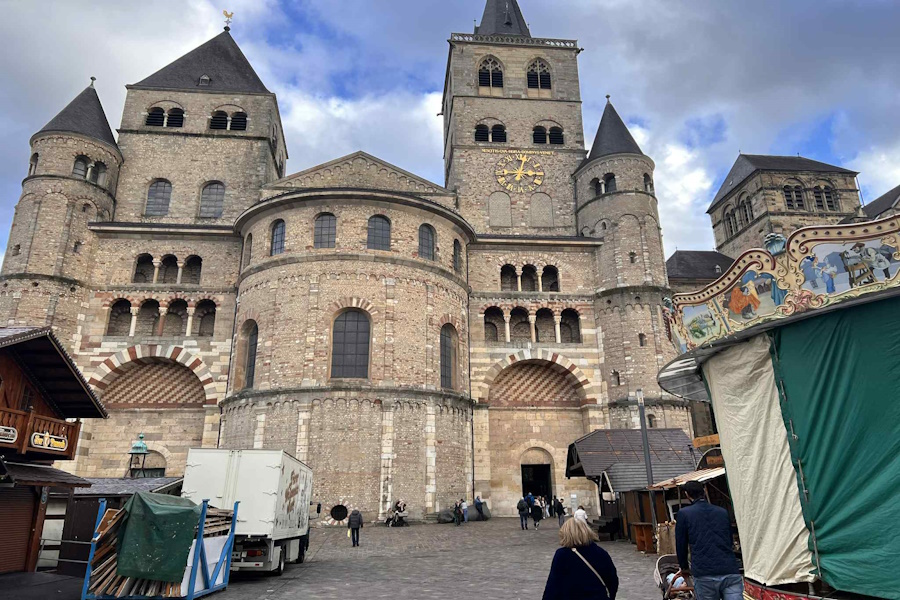
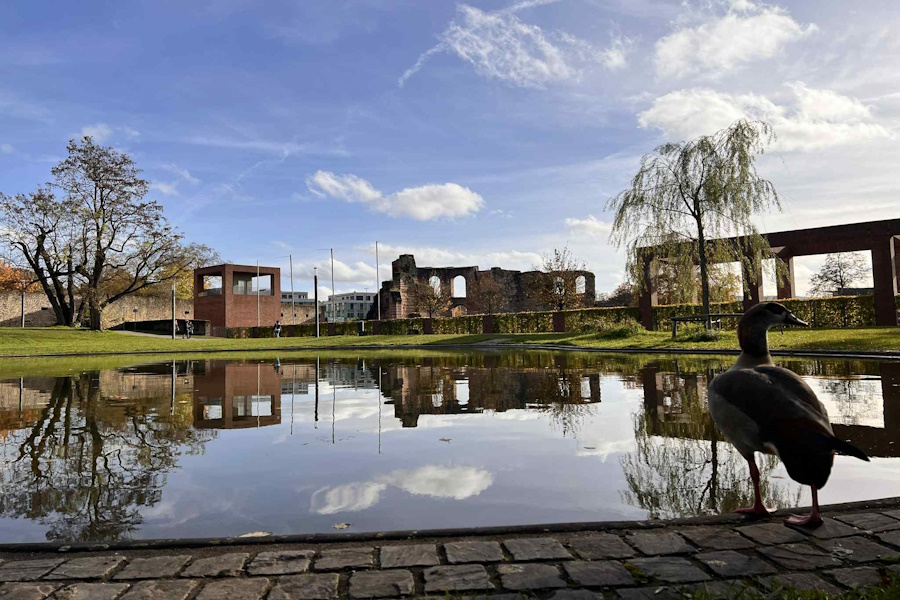
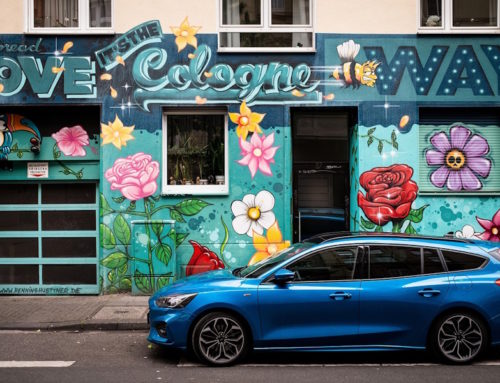

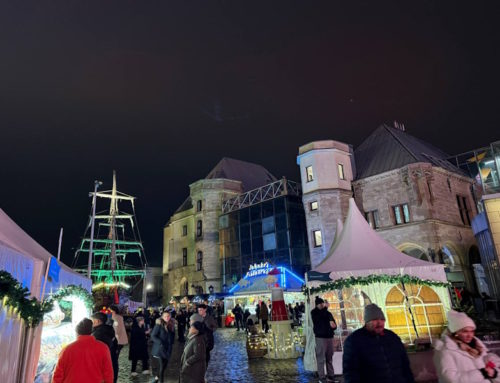


Leave A Comment